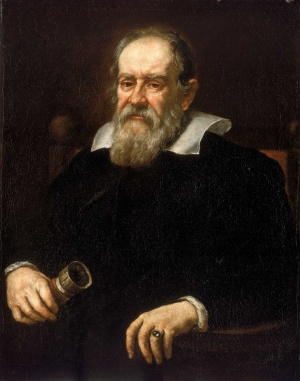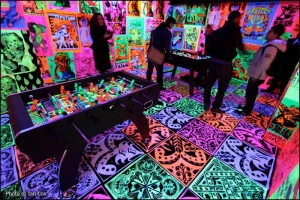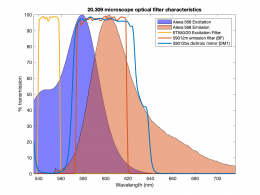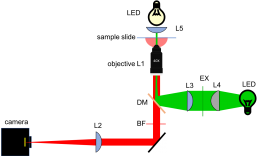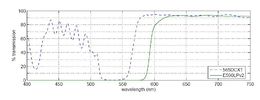Difference between revisions of "Assignment 2: fluorescence microscopy"
| Line 3: | Line 3: | ||
[[Category:Optical Microscopy Lab]] | [[Category:Optical Microscopy Lab]] | ||
{{Template:20.309}} | {{Template:20.309}} | ||
| + | <br /> | ||
| + | <center> | ||
| + | {| | ||
| + | | style="color: black; background-color: black; width: 320px;" | | ||
[[Image:Galileo Galelei.jpg|center|300px]] | [[Image:Galileo Galelei.jpg|center|300px]] | ||
| + | | style="color: black; background-color: black; width: 320px;" | | ||
| + | [[Image:Fluorescent Gameroom.jpg|300px]] | ||
| + | |} | ||
| + | </center> | ||
| + | <br /> | ||
<blockquote> | <blockquote> | ||
Revision as of 22:08, 14 August 2017
It must be explained how it happens that the light is conceived into the stone, and is given back after some time, as in childbirth
— Galileo Galilei on the unusual properties of the stone lapis solaris.
Overview
Fluorescence microscopy is one of the
In this part of the lab, you will add the hardware necessary to make epi-illuminated fluorescent images with your microscope and make a few test images of plastic, fluorescent beads. A typical spectrum is shown on the right. The excitation light source is a 5 mW diode laser with a nominal wavelength of 532 nm — a striking, brilliant green. Emission is in the red/orange range. To make the correction for nonuniform illumination, you will also make images of a uniform fluorescence reference slide and a dark image with the illuminator turned off.
As shown in the block diagram, the major components required for fluorescence imaging are an illuminator (laser, L3, L4, and L5), dichroic mirror (DM), and emission filter (BF). The illuminator provides light in the appropriate wavelength range to excite the fluorescent molecules in the sample. Fluorescence microscopes that use broadand light sources such as arc lamps require an additional filter called an excitation filter to limit the wavelengths in the illumination to the proper range. Because lasers emit light in a very narrow range of wavelengths, an excitation filter is unnecessary.
Excitation light comes from beneath the sample, through the objective lens. A dichroic mirror directs the excitation toward the objective and sample. The mirror must reflect wavelengths in the excitation range and pass the longer wavelengths of the emitted fluorescence. In fluorescence imaging, illumination intensity is typically 5 or 6 orders of magnitude greater than emitted fluorescence, so it is crucial to filter out excitation photons as completely as possible. The dichroic mirror passes a substantial amount of green light, on the order of five percent. The barrier filter does a much better job of removing the green light, attenuating the excitation wavelengths by about 5 orders of magnitude. The barrier filter is essential for making crisp, high-contrast images.
To provide collimated illumination in the sample plane, light from the illuminator is focused at the back focal point of the objective.
Assignment details
This assignment has 2 parts:

